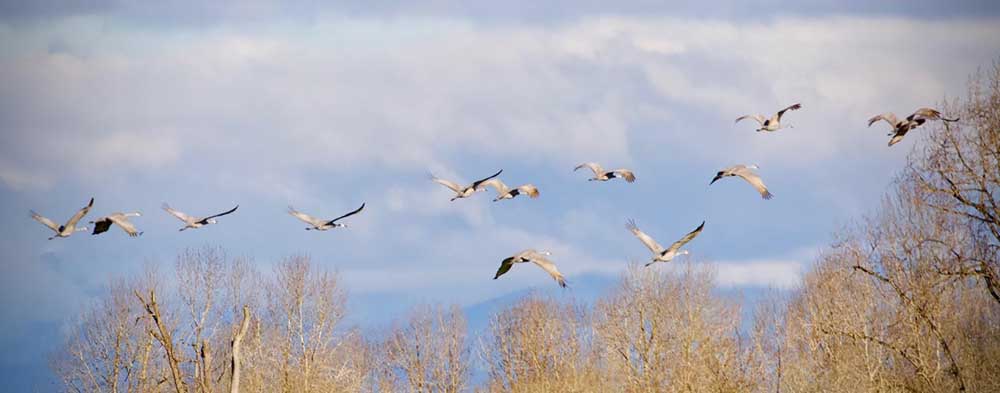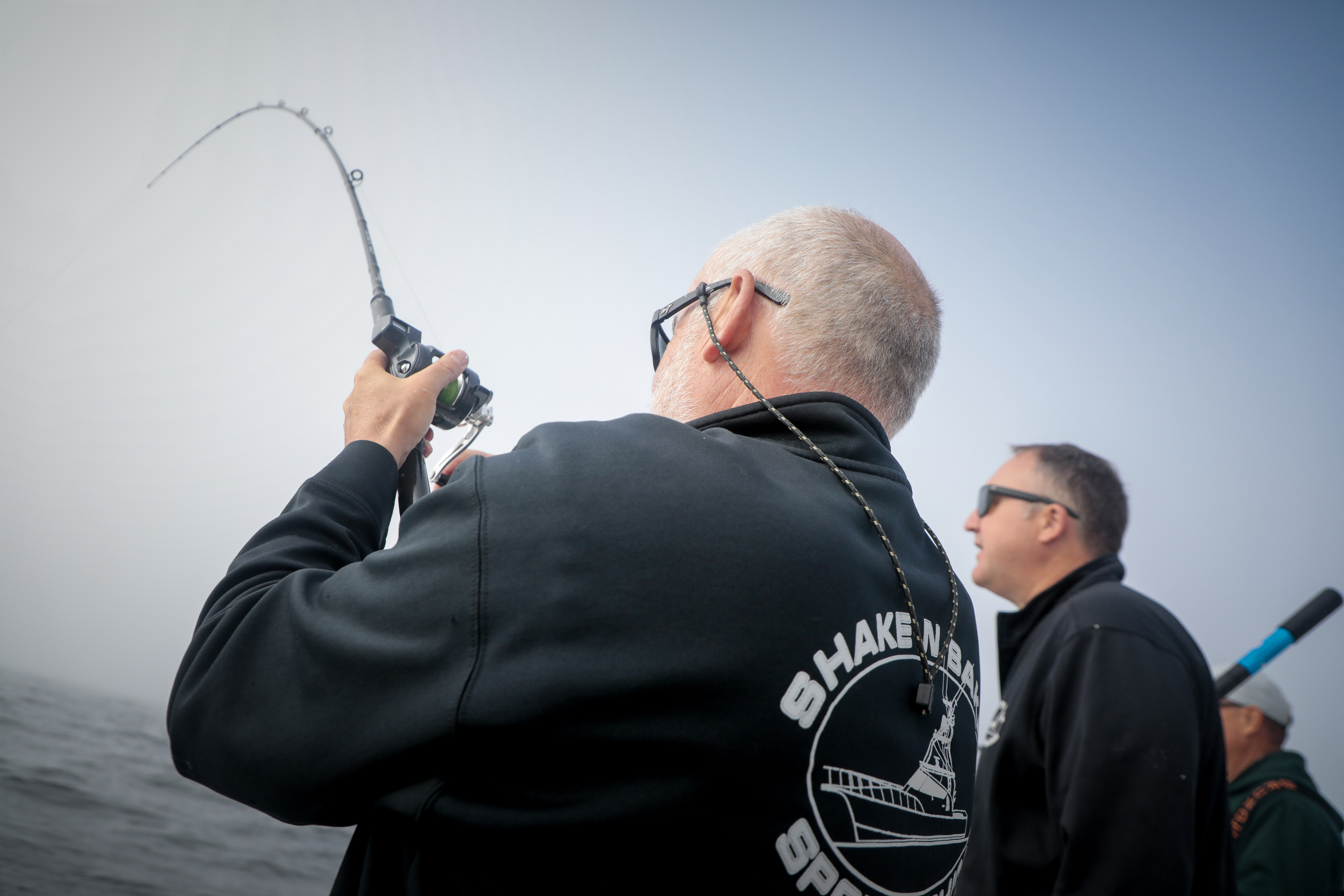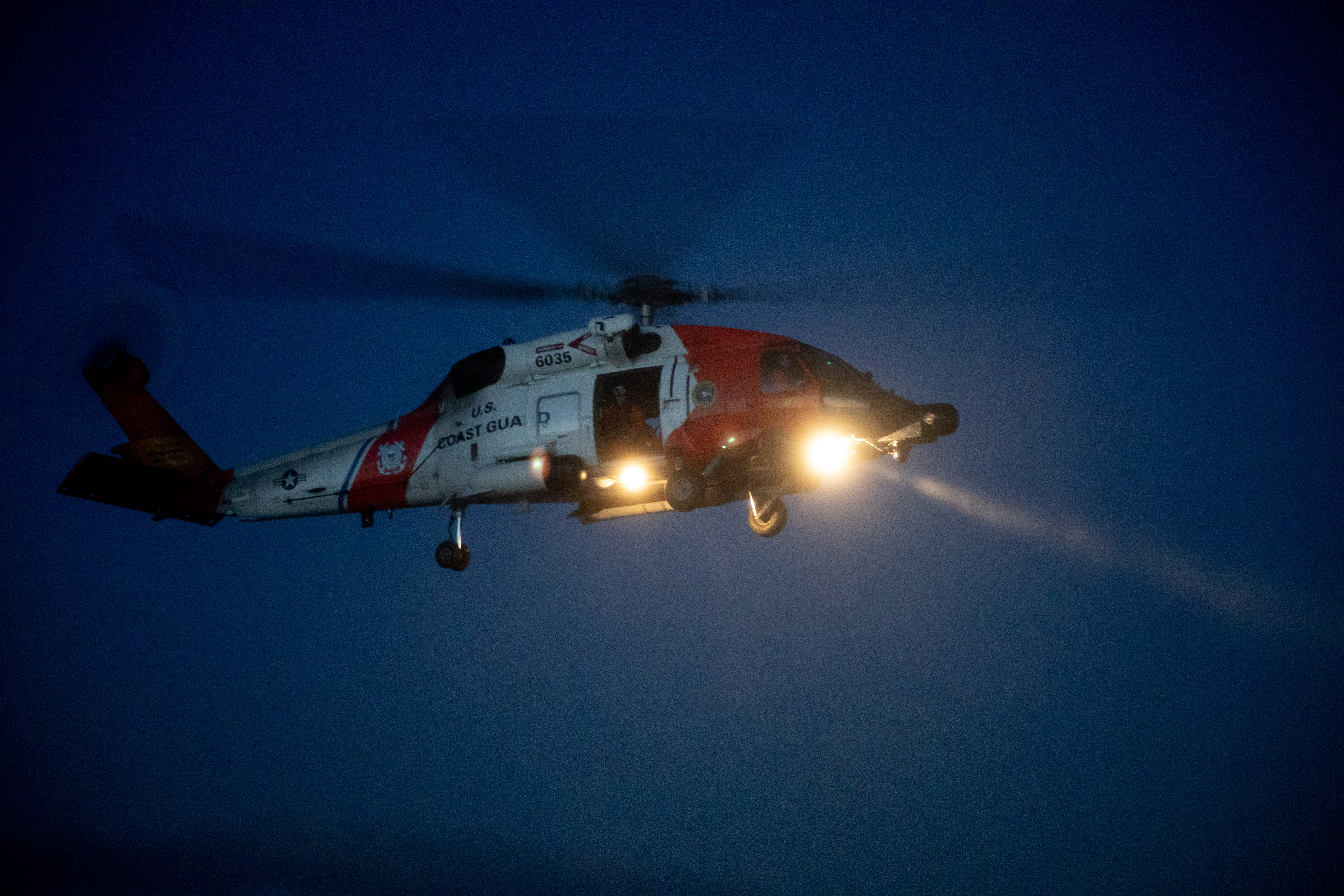Birding: The birds of spring are definitely on their way
Published 4:45 pm Wednesday, February 19, 2020

- Sandhill cranes flying in on the wing to land in the fields on Lower River Road.
Yesterday, my friend Susan and I saw 42 species of birds in Vancouver, Washington. Many were spring migrants. The red-breasted sapsucker made its presence known by tap, tap tapping on the old trees in the city. Keeping it company was a well-dressed female downy woodpecker. She was searching for tasty insects in the bark. Both birds were wearing their spring finery. The female downy was wearing her crisp black and white spring attire. The red-breasted sapsucker was showing off his deep crimson head. They are definitely prepared for the breeding season and for meeting up with a mate.
Trending
We made the short car ride to the Lower River Road where the Columbia Land Trust owns property purchased and set aside especially for the protection of the sandhill cranes that over winter there. The snow geese were also on parade in the area, along with hundreds of cackling and Canada geese. We witnessed the great and exciting fly past which occurs around 3:30 p.m. each day. Some geese and cranes flew in to the cornfields from nearby ponds, but others seemed to be make the short trip over to Sauvé Island where they will rest for the night. They will likely return to a feast and safety in the corn fields in the morning. The snow geese and the sandhill cranes will be here until April, but suddenly one day, they will be gone as they once again will begin their journey northward to their breeding grounds. Never fear, though, they will return to be with us again next winter.
Waterfowl are usually one of the earliest spring migrants. We observed eight species of ducks in the ponds on Lower River Road. Male Northern pintails with their long, pointed tails and handsome white neck stripe were accompanied by female pintails wearing their sleek brown head feathers. American wigeon were also numerous, along with ring-necked ducks that are best identified by their bright, white shoulders and the pointy peak on their rear crown.
A careful look in and among these species produced smaller numbers of the elegant, male canvasback with its white body, black sloping forehead and tapered black bill. The paler brownish female was also seen. Two male American golden-eye and about a dozen green-winged teal were also seen. Again, all of these species were wearing their crisp spring outfits! The males being the most colorful. Lesser scaup and mallards were also on the move.
Trending
Tundra swans, our smallest swans, were abundant along with great egrets. eBird has been reporting the sighting of one snowy egret, but it was nowhere to be seen yesterday. If you should venture to Lower River road to look for it, you are looking for an egret that is much smaller than the great egret. The adult snowy typically has a black bill, black legs and wears yellow slippers.
Some of our songbirds are also on their way. Large clouds of red-winged blackbirds flew in and out of the trees. Sometimes they sat for a long time, all the while looking like December, Christmas decorations. Several flocks of around 50 Western meadowlarks in each were feeding in the fields. Two of these migrants flew high into a nearby oak tree to put on a performance. Their melodious, bubbly calls are inspiring because they herald the promise of spring.
White throated sparrows, bushtits, a peregrine falcon, six American kestrels, northern harriers and many red-tailed hawks were among the other species we saw.
It was a glorious day to be in the field birding. It is one of the most uplifting activities I can think of. We, two are definitely for the birds. We submit our findings to eBird which helps with bird conservation and adds to the scientific knowledge of our bird species. Check it out! Spring is on its way, early it seems, but we’ll take it and so will the birds!
“Common Birds of the Long Beach Peninsula,” by Kalbach and Stauffer, is available from the Chinook Observer, Bay Avenue Gallery, Time Enough Books and the Long Beach Peninsula Visitors Bureau.









